I spent every afternoon with my infant daughter last May – it was both an act of love and a reflection of the childcare juggling act that parents do these days. She wasn’t a great napper, or a great sitter, so we spent most of the time walking. In the big woods I wore her in a front pack; in the orchards and the trail-strewn public woods and on the meadow edges I pushed her in an off-road stroller. We were looking for spring ephemerals and dropped antlers and whatever other cool things we could find.
One of the cool things we found was a pile of box elder rounds that the power company had cut while clearing wood away from a power line. Some of the pieces were just exquisitely flamed – woodworker vernacular for bright red patterns in the heart. The wood looked like it was just going to waste, so I turned the stroller into a forwarder and hauled the butt bolt home, ignoring the perplexed looks on the faces of the drivers in the passing cars who were no doubt wondering about the man carrying a baby while pushing a log in a stroller.
I slabbed it and put aside boards of varying thicknesses for future projects. Then I let the heartwood dry for 10 months and brought it to Joe Comi, a woodturner who lives in Pownal, Vermont, and asked him if he could make a rattle out of it. He said: “can do,” and a few weeks later I had a functional toy and a beautiful family heirloom that an artist/craftsman had made by hand out of wood that had a story.
The Northeast is full of talented craftspeople like Comi, and most are more than happy to take on custom work. I point this out because there’s a disconnect between some people and local artisans. We’ve been conditioned to think that we need to buy things in a store – if there’s not a sign out front and hours posted, then it’s not a business. But in so many cases there’s not a sign out front simply because the craftsperson has no time to be a marketer and salesperson.
I heard about Comi from a woodworker friend, who didn’t turn but knew a guy who did. I’ve had a beautiful custom turning done by Mike Hebb, in central Vermont, as well – I learned about him in the same way, just by asking around.
We so often focus on local wood in this magazine, but because logs and lumber have a direct link to the forest, we tend to get stuck there. But the secondary sector – the businesses big and small who turn the wood into products – are equally crucial to the local wood economy. We’re blessed to have abundant wood and abundant artistic talent in this region. Use it or lose it as our mothers said.


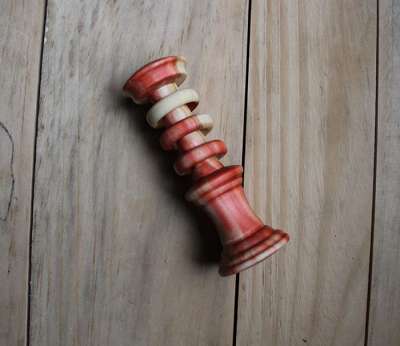
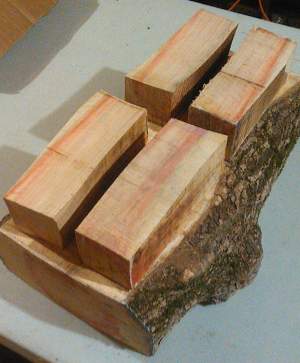
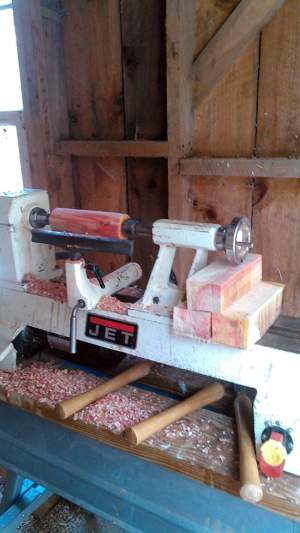
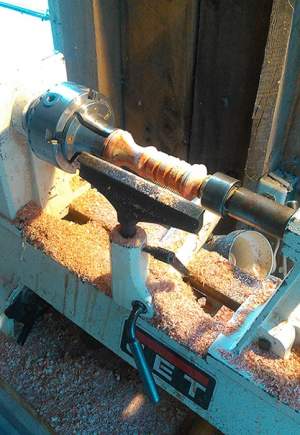
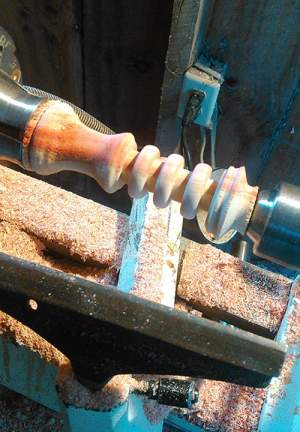
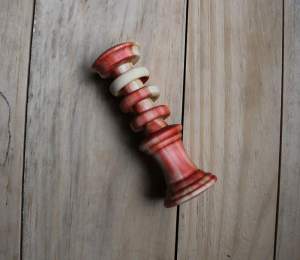
Discussion *